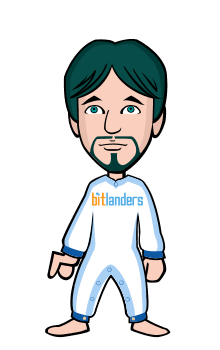5 Steps To Becoming A Forex Trader
Wading Into The Currency Market
Whenever you devote money to trading, it is important to take it seriously. For traders who are getting into the forex (FX) market for the first time, it basically means starting from square one. But new traders don't have to be left in the dark when it comes to learning to trade currencies; unlike with some of the other markets, there are many free learning tools and resources available to light the way.
1. Find A Good Broker
In order to ensure that the money you are sending will be safe and that you have a jurisdiction to appeal to in the event of a bankruptcy, you want to find a large market maker that is regulated in at least one or two major countries. Furthermore, the larger the market maker, the more resources it can put toward making sure that its trading platforms and servers remain stable and do not crash when the market becomes very active. Finally, you want a market maker with a larger number of employees so that you can place a trade over the phone without having to worry about getting a busy signal.

2. Check Your Broker's Stats
In the U.S., all registered futures commission merchants (FCMs) are required to meet strict financial standards, and to submit monthly financial reports to regulators. You can visit the website of the Commodity Futures Trading Commission to access the latest financial statements of all registered FCMs in the U.S. Another advantage of dealing with a registered FCM is greater transparency of business practices. The National Futures Association keeps records of all formal proceedings against FCMs, so traders can find out if the firm has had any serious problems with clients or regulators by checking the NFA's Background Affiliation Status Information Center (BASIC) online.

3. Test Drive Software
Once you've found a broker, the next step is to test drive its software by opening a demo account. The availability of demo or virtual trading accounts is something unique to this market and one that you'll want to exploit it to your advantage. Your goal is to learn how to use the trading platform and, while you're doing that, to find the trading platform that suits you best. Most demo accounts have exactly the same functionalities as live accounts, with real-time market prices. The only difference, of course, is that you are not trading with real money.

4. Do Your Research
You should never trade impulsively, so you need to be able to justify your trades through research. Because the FX market is primarily a technically driven market, the best book that you can read as a new trader is one on technical analysis. Seasoned foreign exchange traders also refer to major newspapers for international news. Once you have a solid foundation in FX trading, you need to keep up to date on daily fundamental and technical developments in the FX market. A variety of free FX-specific research websites, which can be found easily on the internet, will also do the trick.
5. Sort Out Trading Systems And Signals
Many traders wonder whether it's worthwhile to buy into a system or a signal package. Systems and signals fall into three general categories depending on their methodology: trend, range or fundamental. Fundamental systems are very rare in the FX market; they are mostly used by large hedge funds or banks because they are very long term in nature and do not give many trading signals. The systems that are available to individual traders are typically trend systems or range systems - rarely will you get one system that is able to exploit both markets, because if you do, then you have pretty much found the holy grail of trading.




